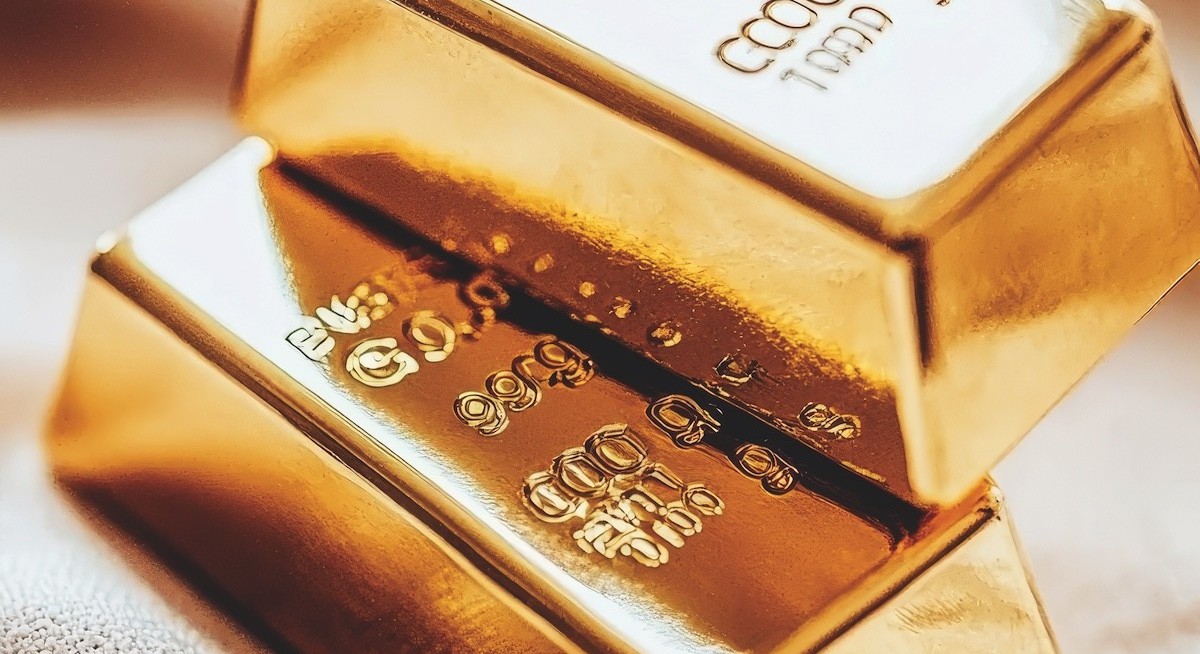These uncertainties are due to fears of rising inflation as a result of the US tariff hikes, lower bond yields from impending cuts in US interest rates, the future direction of the US dollar and global tensions due to trade and geopolitical wars. The resultant effect is the flow of funds towards gold.
Institutional investors — central banks and hedge funds — have moved more money than ever into gold-based products to hedge against uncertainties. Gold exchange-traded funds (ETFs) saw the biggest inflow in the third quarter of this year of US$26 billion.
According to data from the World Gold Council, year-to-date inflow into gold ETFs was US$64 billion as of September, which is a record high. During the period, the total assets under management of gold ETFs globally reached US$472 billion.
Physical gold holdings of ETFs globally hit 3,838 tonnes, just below the peak of 3,929 tonnes recorded in the first week of November 2020, when the Covid-19 pandemic was at its height.
See also: China needs a consumption target
Gold is popular among Asian families, particularly in South Asia. India is the largest consumer of gold in Asia as it is viewed as a sign of luxury, prosperity and divinity. It is given as a gift during joyous occasions, from the birth of a baby to weddings and birthdays.
But many from India and other parts of Asia also buy gold jewellery for investment purposes, and the jewellery tends to be passed on from one generation to another.
The inheritance of gold comes with its fair share of problems, however.
See also: Growing up under Sunway’s nurturing rays
The precious metal needs to be stored safely. A safe deposit box in a bank is ideal, but there are annual charges for the service. And it is not easy to divide the gold equally — a piece of jewellery or a gold wafer coin cannot be broken into two or three pieces.
The logical way to divide the inheritance equally is probably to sell the gold. But how many would have taken advantage of the bull run in gold and sold some of the precious metal? Most probably, only a minority.
The primary reason is the emotional attachment to gold. Also, many believe its value will only rise over the long term, so why sell when they have no need for money?
It is true that the price of gold will only rise in the long term. It has been proven time and time again that it hits a new peak whenever there is a global crisis.
But every time gold hits a new peak, it tends to correct by between 30% and 40% before finding some stability and rising again to a new high. The process takes years.
In January 1996, gold hit US$406 per ounce and trended downwards to a low of US$255 in August 1999, which is more than three years. It reached another peak in August 2012, when it closed at US$1,828 amid the US financial crisis. It drifted downwards to a low of US$1,060 in December 2015, a drop of more than 40% from its peak.
The current rally can trace its start to the pandemic. Gold almost hit US$2,000 in August 2020. It settled at a low of US$1,600 in October 2022, when there were signs of the pandemic being at its tail end.
To stay ahead of Singapore and the region’s corporate and economic trends, click here for Latest Section
The gold price has been on a bull run since March 2024, after Donald Trump won the Republican nomination for the US presidency.
Real gold investors would have taken some money off the table. The institutional funds and investors who are not emotionally attached to their gold portfolio would have realised some of the investments, which are usually in the form of gold wafer coins, bars, futures or any other investment instruments with gold as an underlying asset.
The precious metal does not pay any dividends. It glitters and is useful as a hedge against uncertainties. But when the uncertainties start to clear up, its glitter tends to fade. It is unlike the equity markets, where optimism grows when there is more certainty on economic and interest rate policies and the earnings of companies.
However, gold’s saving grace is that even when it is on a declining trend, the magnitude of its fall is not as great as that of investments in the equity markets. That is why gold will always remain relevant, albeit being a long-term game.
In the last few days, gold has fallen more than 8% from its high of US$4,356, its biggest drop in more than 10 years. Those who went into gold in the last few months will learn the hard way that it is an investment for long-term returns.
Whether the correction is only a temporary blip or will go on for a few months or years is left to be seen. But gold as an asset class will not lose its shine over the long term.
The equity markets are at an all-time high. Digital coins and other asset classes are all in a bubble, especially in the US. The fear of inflation and a slowdown of the economy is very much prevalent.
If and when the bubble bursts, the flight towards gold will resume. Until then, those who have gone into the asset class as an investment will have to ride the current dip.
As for those who bought gold many years ago and are still holding it, they should not be afraid to liquidate some of it and put their money into other, undervalued asset classes.
M Shanmugam (m.shanmugam@bizedge.com) is a contributing editor at The Edge Malaysia




